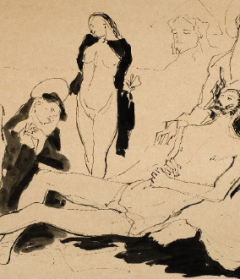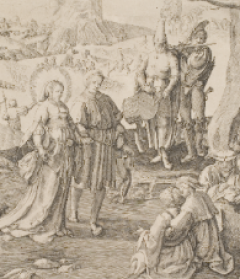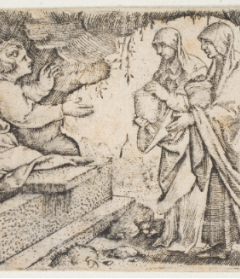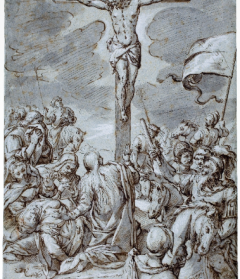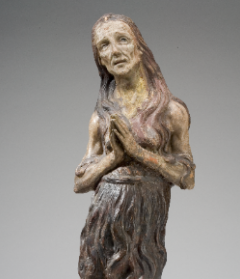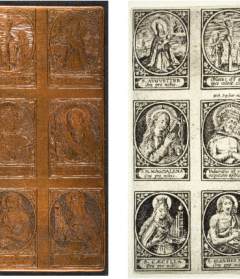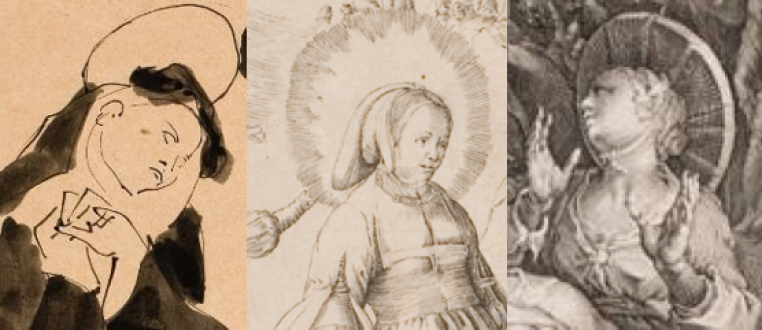
Saint and Sinner: Perspectives on Mary Magdalene
Curated by Mathilde Leïchlé, 2018 Liliane Pingoud Soriano '49 Curatorial Fellow
Who is Mary Magdalene?
This online exhibition features works from the Davis Museum Collections that illustrate artists’ different representations of Mary Magdalene since the fifteenth century. Artists’ interpretations of the Magdalene’s identity reveal their perspectives on women, devotion, and the divine, and their artistic choices have, in turn, influenced the lives of women.
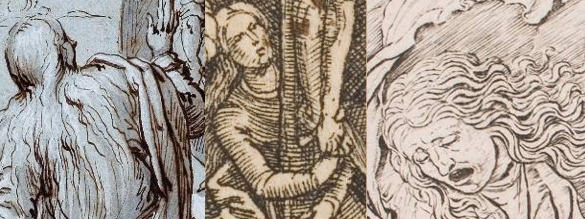
Mary Magdalene in the Bible
Today, Mary Magdalene is identified by the Catholic Church as a saint, but her roles in the Bible defy easy interpretation. In 591 A.D., Pope Gregory the Great gave her an identity that still resonates in Christian stories by combining three biblical figures. One of them is the anonymous sinner of the Gospel of Luke who interrupted the feast at the home of Simon the Pharisee, crying at Jesus' feet as she washed them with her tears, perfume, and hair (Luke 7:36-50). There is also Mary of Bethany, sister of Martha and Lazarus (Luke 10:38-42), who witnessed the resurrection of her brother (John 11:1-45) and anointed Christ (Matthew 26:6-12; Mark 14:3-9; John 12:1-8). Lastly, the character includes Mary of Magdala “from whom seven demons had gone out” (Luke 8:2), who witnessed the crucifixion (Matthew 27:55-56; Mark 15:40-41; Luke 23:49; John 19:25), the entombment (Matthew 27:61; Mark 15:47; Luke 23:55), and the first apparition of the risen Christ (Matthew 28:1-10; Mark 16:1-10; Luke 24:1-10; John 20:1-2, 20:11-18). Based on these episodes, artists have used attributes, which are commonly accepted symbols in the Catholic religion, to identify her, such as her long hair, her tears, and a perfume vase.

Mary Magdalene in the writings of hagiographers and theologians
Texts like the Golden Legend, written in the thirteenth century by Jacobus de Voragine, described Mary Magdalene as a rich and voluptuous woman who was a courtesan when she met Jesus Christ. The author elaborated on her earlier sins, but he also emphasized that she became the apostle of the apostles, who evangelized France before retiring there in penance to a cave. Nothing in the Bible described her as a prostitute or a missionary. In spite of this, theologians and hagiographers invented and elaborated on her supposed sinfulness. Identifying her as a prostitute led to her being merged with still another Mary: Mary of Egypt, a repentant sinner who prostituted herself.
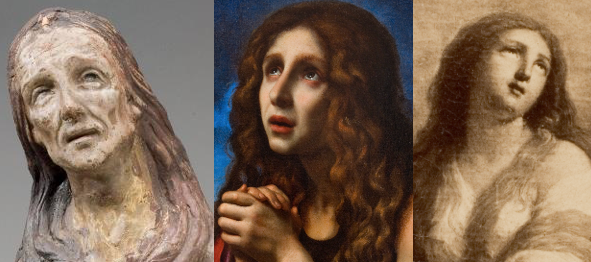
Mary Magdalene in the Apocryphal Gospels
The Gospel of Mary, believed to be Mary Magdalene, was discovered in Egypt in 1896. Written in Sahidic Coptic, this text presents Mary as the true messenger of Christ’s teaching, but it also shows the jealousy of the other apostles, especially Peter, because she is a woman. Likewise, the apocryphal gospels found in Nag Hammadi in 1945 emphasize the importance of the saint in the foundation of Christianity. These texts have sparked new debates. Was Magdalene a repentant prostitute, the apostle of the apostles, or both? Was her most important role as a witness to the resurrection? The answers found in the following artworks reveal more about the artists and their societies than about the mysterious figure of Mary Magdalene herself.
